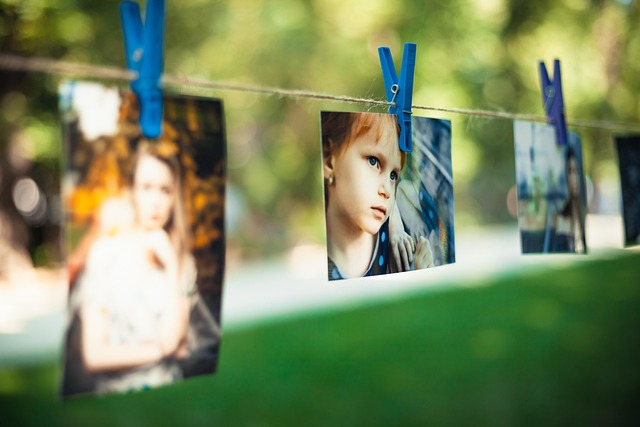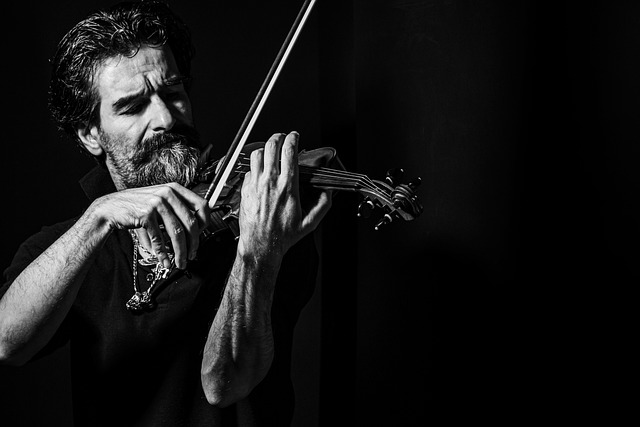In the realm of photography, we often find ourselves chasing light and framing moments, but there’s another skill that photographers should master: the art of scanning. Scanning is not just a technical process; it’s a bridge that connects physical prints and film to the digital world, revitalizing memories and allowing them to endure through time.
As a photographer, when you hold a physical print or a roll of film in your hand, you’re holding a piece of history—a tangible reminder of experiences, emotions, and creativity. However, if we want to share these moments in our digital age, scanning becomes an essential process. It’s like opening a portal to allow these pieces of art to live on and continue inspiring.
Understanding scanning starts with choosing the right equipment. Whether you’re using a flatbed scanner, a dedicated film scanner, or even a smartphone app, knowing your tools is crucial. Each method comes with its own set of pros and cons. A flatbed scanner is versatile and works well for prints and documents, while a dedicated film scanner is designed to deliver high-quality images from your negatives and slides, capturing every detail precisely.
Once you’ve chosen your equipment, mastering the settings is next. Resolution, color depth, and file formats all play significant roles in the scanning process. Aim for a resolution of at least 300 DPI for prints and 2400 DPI for film; this ensures that your scans maintain the quality of the originals. Additionally, using a lossless file format like TIFF can help preserve image quality for future editing, while JPEGs are easier for sharing and storing.
Lighting also plays an essential role in the scanning process, particularly for film. Make sure your scanner utilizes a consistent light source, as varying light can cause inconsistencies in color and exposure. If you’re scanning prints, pay attention to the ambient lighting in your workspace, as reflections or shadows can affect output quality.
Upon completing your scans, it’s time to delve into post-processing. This step allows you to enhance your images further, correcting any color imbalances, cropping unnecessary parts, or even restoring faded photographs to their former glory. Software like Adobe Lightroom or Photoshop can be powerful allies in this phase, letting your creativity soar as you breathe new life into old images.
Scanning also opens up opportunities for storytelling. By curating your scanned photographs, you can create digital albums or online galleries that showcase your work in new formats. You can share enchanting narratives that accompany your visual art, engaging your audience in a way that transcends mere images. It’s about creating a bridge between the past and the present, ensuring that the stories captured in photos can continue to resonate with others.
Finally, don’t forget the emotional aspect of scanning. Each scanned image can evoke nostalgia, prompting memories of moments long gone. Sharing these images online or in prints not only preserves them but invites friends and family to reconnect with those experiences. The act of scanning turns solitary memories into shared journeys, celebrating the stories that bind us all.
In the digital age, mastering the art of scanning is essential for photographers who aspire to make their work timeless. Embrace this skill as a vital extension of your craft, enabling you to capture not just images, but emotions and narratives that will resonate for years to come.




